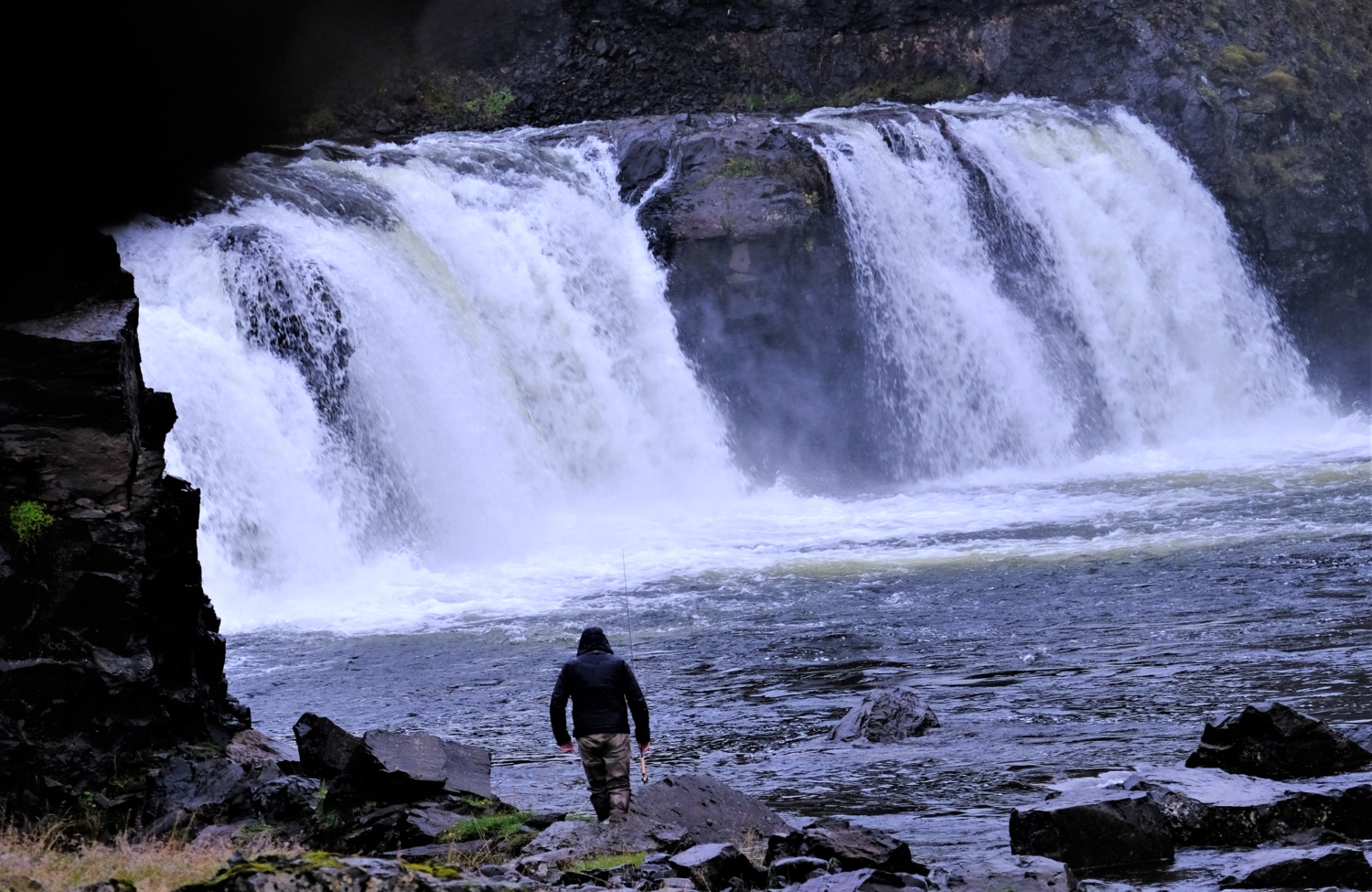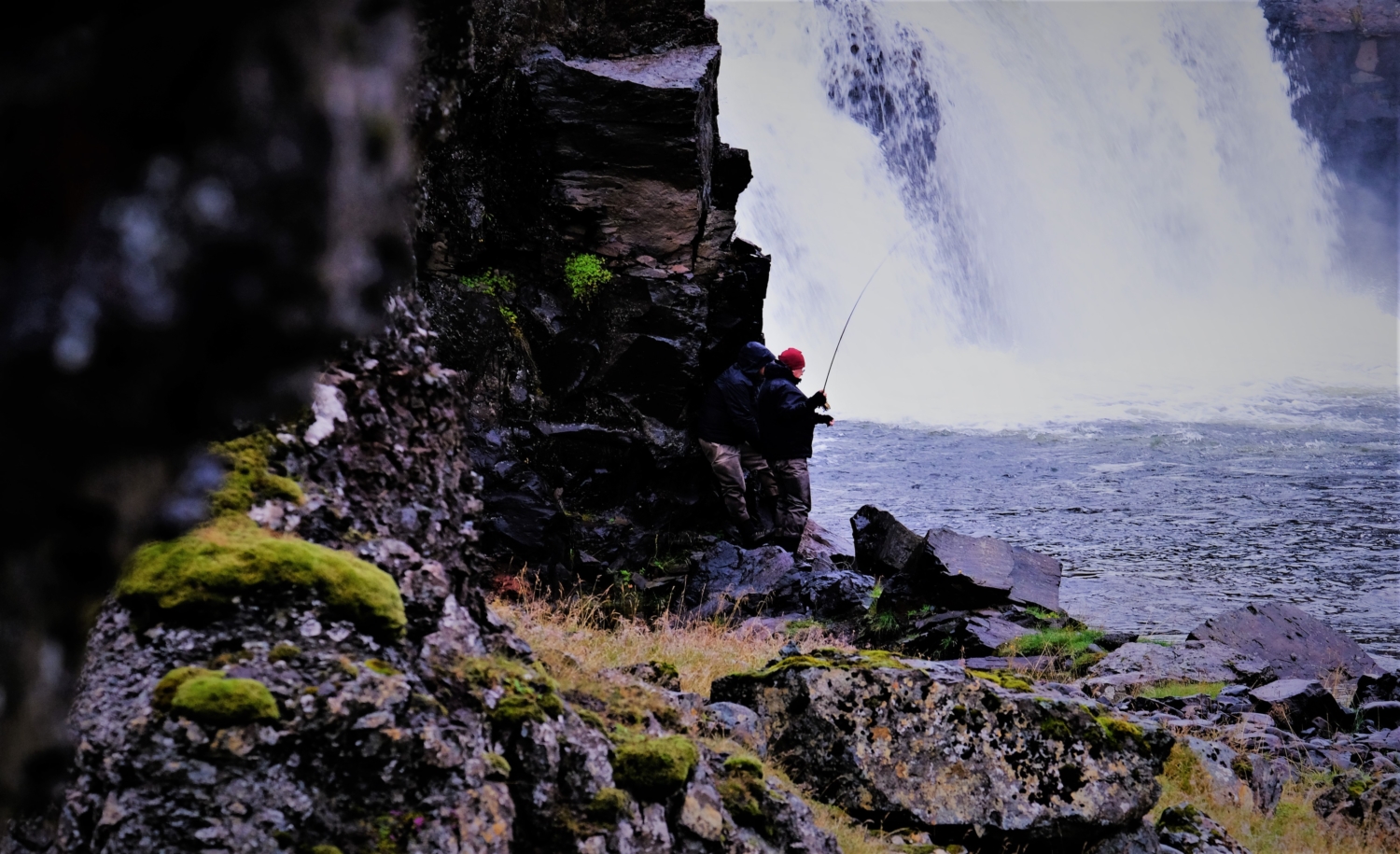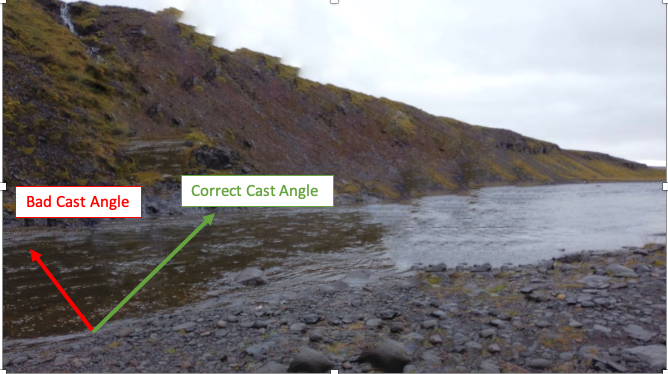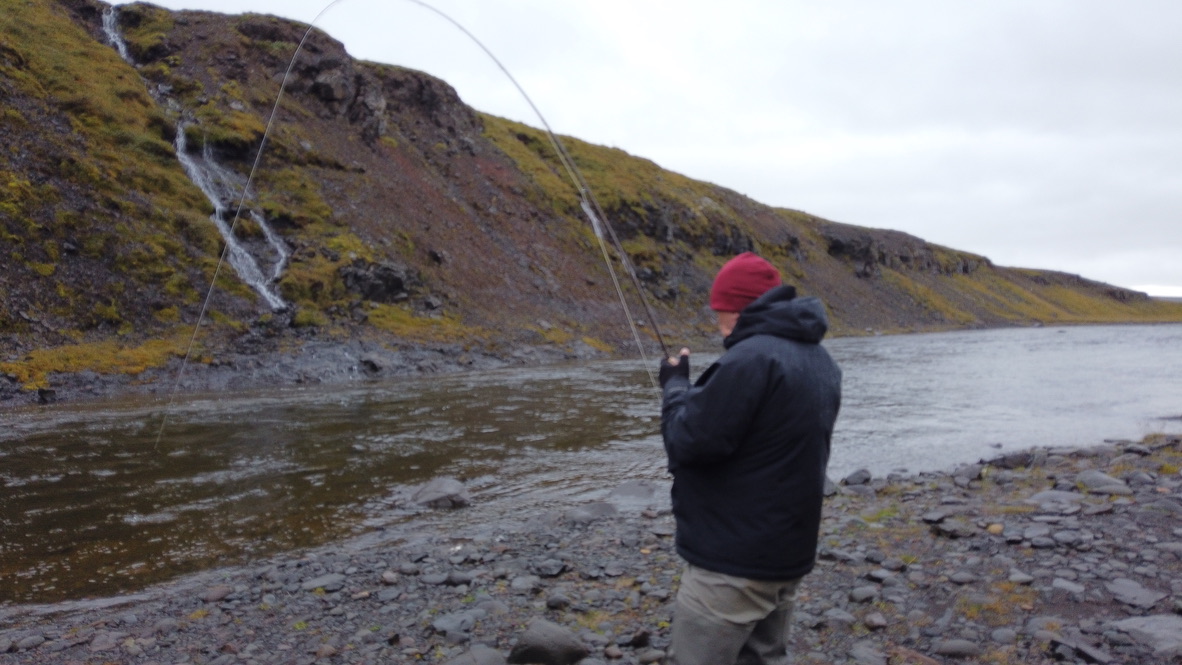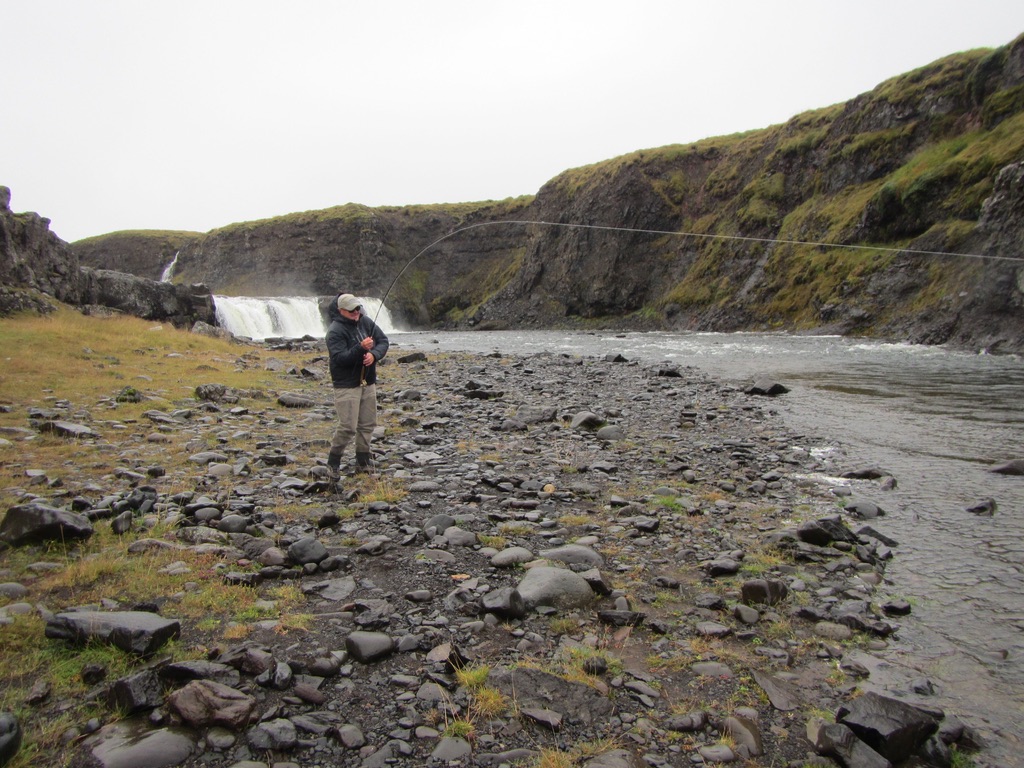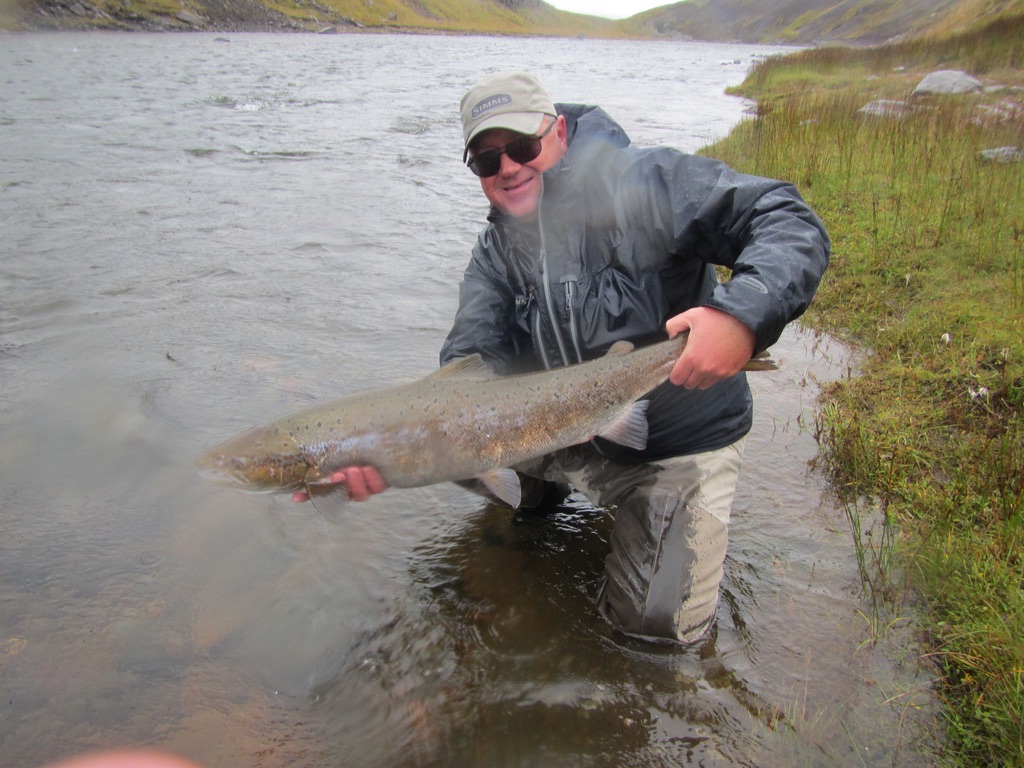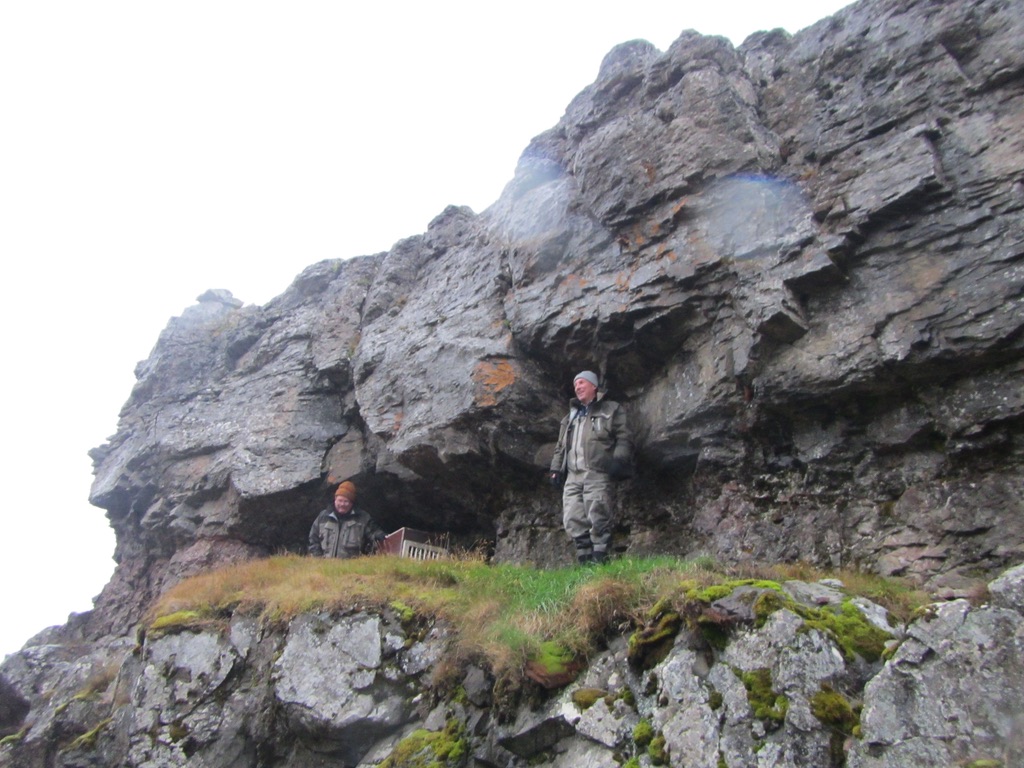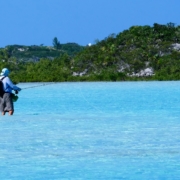There are lots of companies offering their leaders. It isn’t practical to go through all of them. I choose to portray some of SA’s leaders simply because I know exactly, what I am getting when I buy those. The diameters (butt-tippet) of each leader is clearly stated. If the diameters are not stated, I will not buy that leader. All companies list the break strength and length.
We have defined the three parts of the leader. First comes the butt end, which needs to be 70% of the diameter of the floating fly line tip. The middle part then tapers, and the leader ends in the level tippet. The tippet needs to match the hook size to a degree. Modern commercial leaders have become fantastic. They are offered in various lengths, tippet/butt diameters, suppleness, and break strengths. You can find a leader for all your fishing needs from various companies. I strongly advise beginners to use the commercially available leaders at the outset. Mono has become much stronger over the years, and the quality of the leader material has improved. If anglers can’t find a leader that works for them – they need to fix their casting!
Ready-made leaders mostly come with a pre-tied loop on the butt end. When you use such a ready-made leader there is only one knot to worry about — the one for the fly. There are certain types of knots that work well for backing to reel, backing to fly line, fly line to the leader, leader to tippet, and finally tippet to the fly. The knot to learn first is therefore in the terminal connection category.
https://www.netknots.com/fishing_knots/terminal-connections.
This site lists 34 terminal knots that you can use. There are undoubtedly many more. To tie the fly onto the leader, I use the classic Clinch knot and sometimes the Uni knot. It does not really matter which one you use if they are tied badly! Here again, the problem of choice rears its ugly head. So, which knots to choose? Actually, it does not matter much which type of knot you choose, just choose one for each job, and stick with it.
If you come to a fork in the road – take it (Yogi Berra).
Trout Leader

To give you an idea of ready-made leaders you can buy – let’s start with the Trout Leaders. It is simplest to display the information in a table. It is much easier to visualize that way.
So, 22 different trout leaders are available! You don’t really have to make your own. Below are pointers on which ones to use and when. Remember, for beginners the shorter leaders work best. As your casting improves you can cast longer leaders, but they are rarely required.
When and why would we choose a short or long leader? Usually the reason has to do with visibility. If the water is murky or it is night-time, very short leaders and heavy tippets work fine. If the water is gin clear, the sky bright and cloudless, the water calm, and the fish are biting, and enjoy great visibility (think bonefish, or trout), then you need a longer leader, and longer lighter tippet.
Seven feet six-inch leader.
1. Short, powerful and ideal for casting big/heavy flies/fly. Just remember to open your loops when delivering the heavy load. On a windy day this leader can become a great trout leader. This length leader is the easiest one to cast.
2. The butt diameter is the easy part – it needs to be 70% of the diameter of the level tip of your terminal floating line.
3. The break strength is decided by the size of the fish, and the size of the fly you choose (#fly divided by 3 – indicates X size of your tippet).
Nine-foot leader.
1. This leader length can be viewed as the standard-length leader. This length is my default and is practical in most situations. Just a tad more difficult to cast than the 7.5’ leader for a beginner.
2. The butt diameter is easy – it needs to be 70% of the diameter of the level tip of your terminal floating line.
3. The break strength is decided by the size of the fish, and the size of the fly you choose (#fly divided by 3 – indicates X size of your tippet).
Eleven-foot leader.
1. This leader length can become useful in situations where the fish enjoy great visibility – clear water, mirror surface, sunny day. If the trout are finicky an eleven-foot leader places the end of the fly line further from the fish, which can become advantageous. However, those extra 2 feet will become much harder to cast for a beginner.
2. The butt diameter is easy – it needs to be 70% of the diameter of the level tip of your terminal floating line.
3. The break strength is decided by the size of the fish, and the size of the fly you choose (#fly divided by 3 – indicates X size of your tippet).
Fourteen feet leader.
1. For the idiot savants of fly casting, NOT to be recommended to beginners
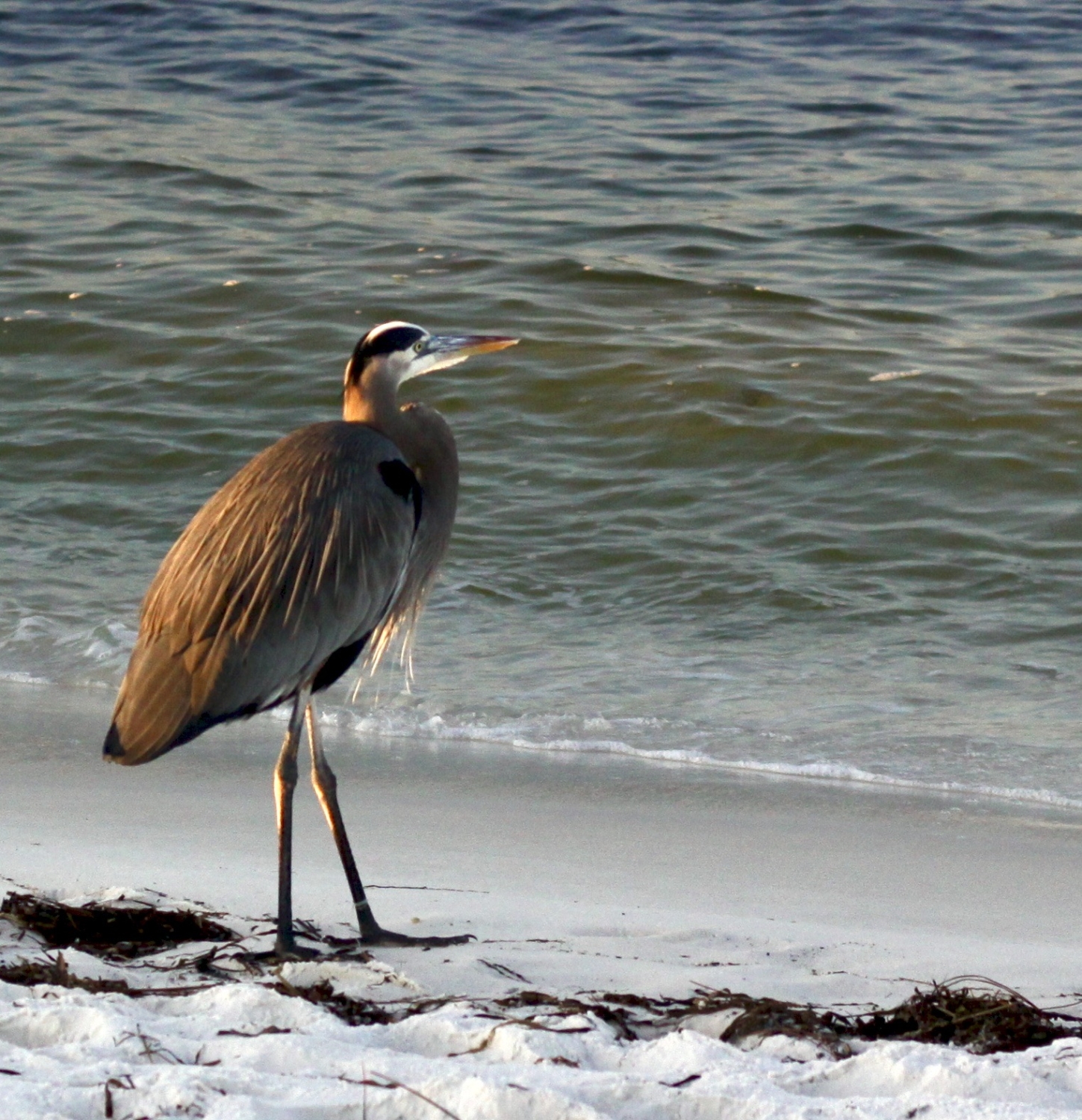
Salmon, Steelhead and Seatrout
For Icelandic readers – steelhead is a seagoing rainbow. For American readers – seatrout is a seagoing brown trout (in British English). So, here we have five nine-foot leaders, and three twelve-foot leaders. It is enough for me. These anglers don’t use the X system, only worrying about the break strength of the tippet and the leader length. Nine-foot leaders are the standard. In low water situations and when the visibility for the fish is good, twelve-foot leaders are handy.

Saltwater
Here you have five different leaders to choose from and that’s plenty in my book. Break strength is the all-important factor. This crowd does not pay enough attention to the butt size of their leaders, but they should because the flies are often heavy, and you need optimal energy transfer from the fly line to turn the beasts over. However, these leaders have the optimal butt diameters.
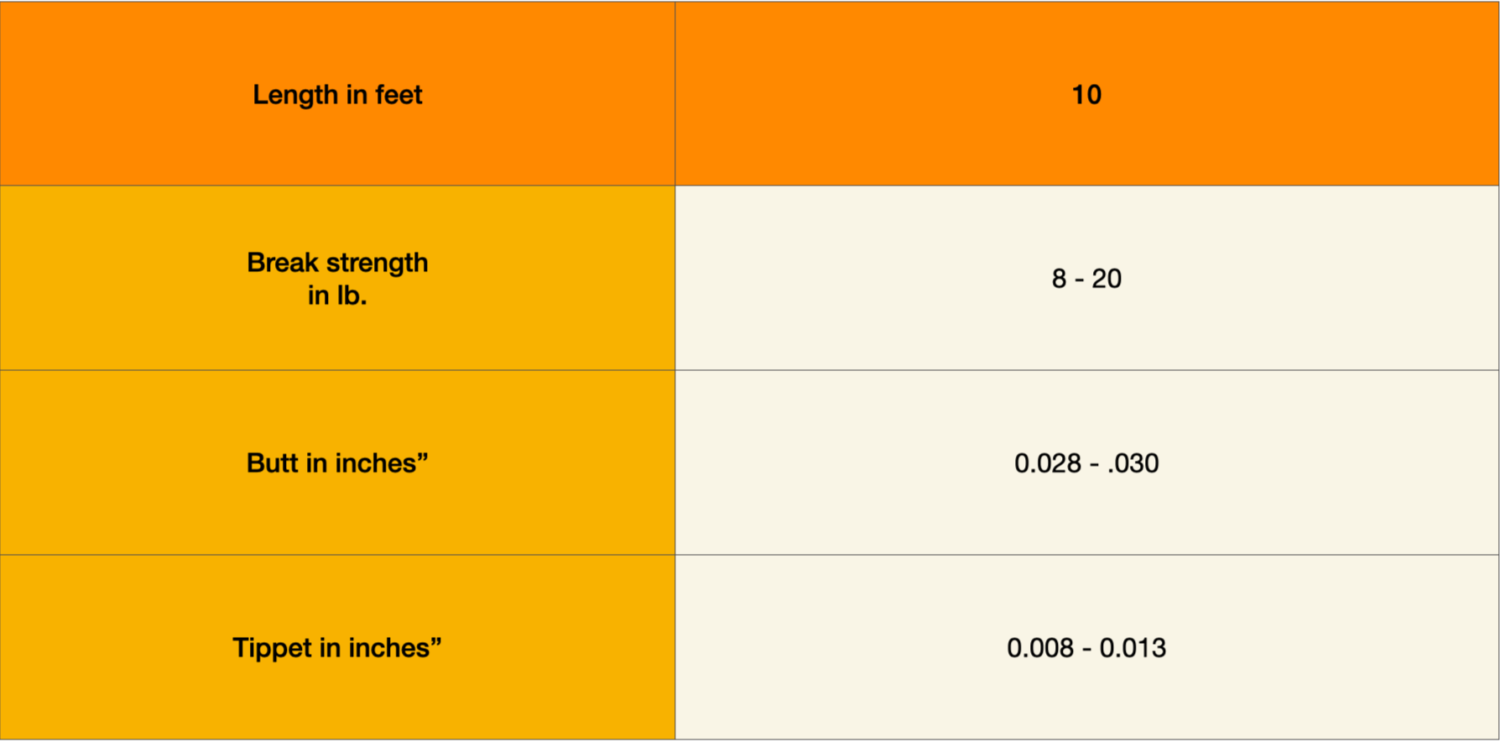
The red thread for all the leaders above
I noticed, when looking at these leaders, that all these leaders have relative thick butts. By relative I mean in respect to the butt diameters I was used to using chasing trout in Iceland twenty years ago. The butt diameters are not a coincidence. This manufacturer knows the importance of matching the leader to the fly line likely to be used, and these leaders cast very well with the correct line.
You also have noticed the marketing “trout leader” “salmon leader” “saltwater leader” terms. These are all high-end copolymer nylon with a relative density of 1.2. They have no awareness and have no idea where they are. The fish don’t care what we call those leaders either. So, you can use them whenever, wherever you are fishing, if the break strength and diameters and length is ok. The leaders above are made to be used with floating lines.

Sunken leaders
When you are using lines that sink (sinking, sink tip, or intermediate clear tip lines) you do not need a long leader. Sinking lines can have a very heavy terminal end, plus are often used with quite heavy flies. These leaders work very well, but remember to change your casting. Sinking type lines should not be cast as floating lines. Open up your loops and minimize your false casting. On each forward cast lay the line down for an instant, then backcast and gradually shoot the line out. This type of leader can be used to an advantage with floating lines too. If you are casting a very heavy streamer you can use a four-foot leader to ensure that you can turn the streamer over. Floating lines with a clear floating tip do not need long leaders – this leader works well with such a line.

But which one ……………?
I have tried to explain the fundamental basics of how you choose your leader. When you understand those, you can choose which leader to use in the different scenarios you encounter. So, the answer to the question above is —– use the right one. Remember, that the leader you need to use is dependent on your casting abilities, and to a degree on the weather, too. In bad windy weather go shorter. If there is great visibility for the fish, then go longer but never exceed your casting abilities.
English consultant: My good retired neighbor Joe
Technical consultant: Bruce Richards

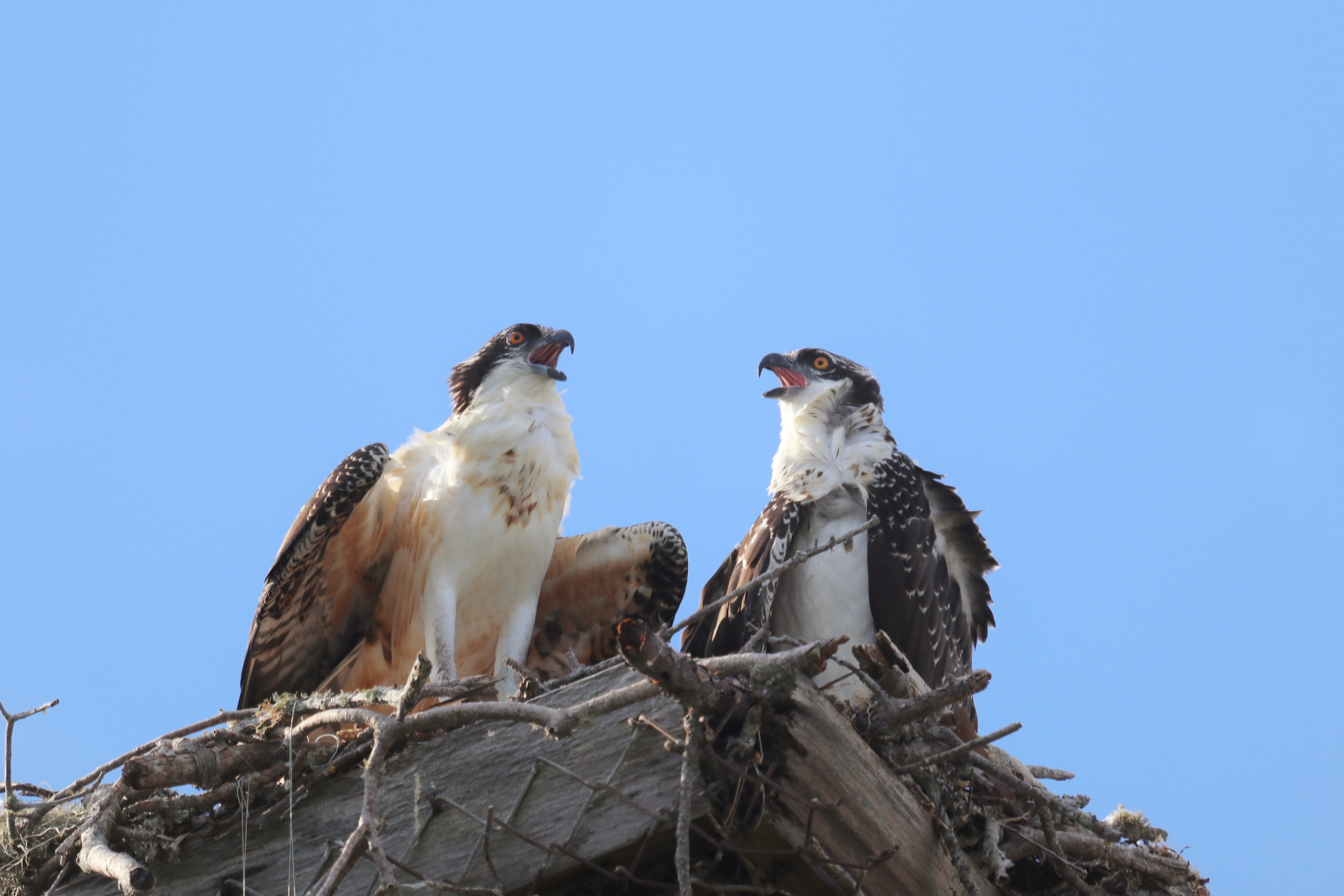 Jonas Magnusson
Jonas Magnusson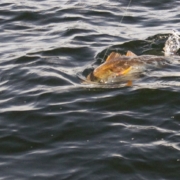 Jonas Magnusson
Jonas Magnusson
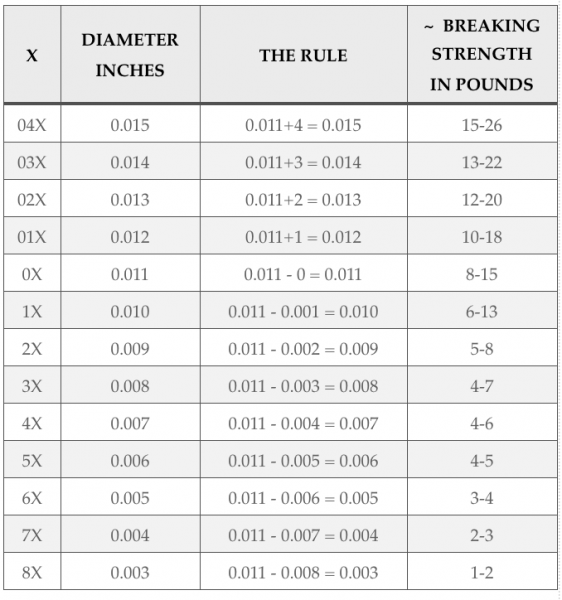
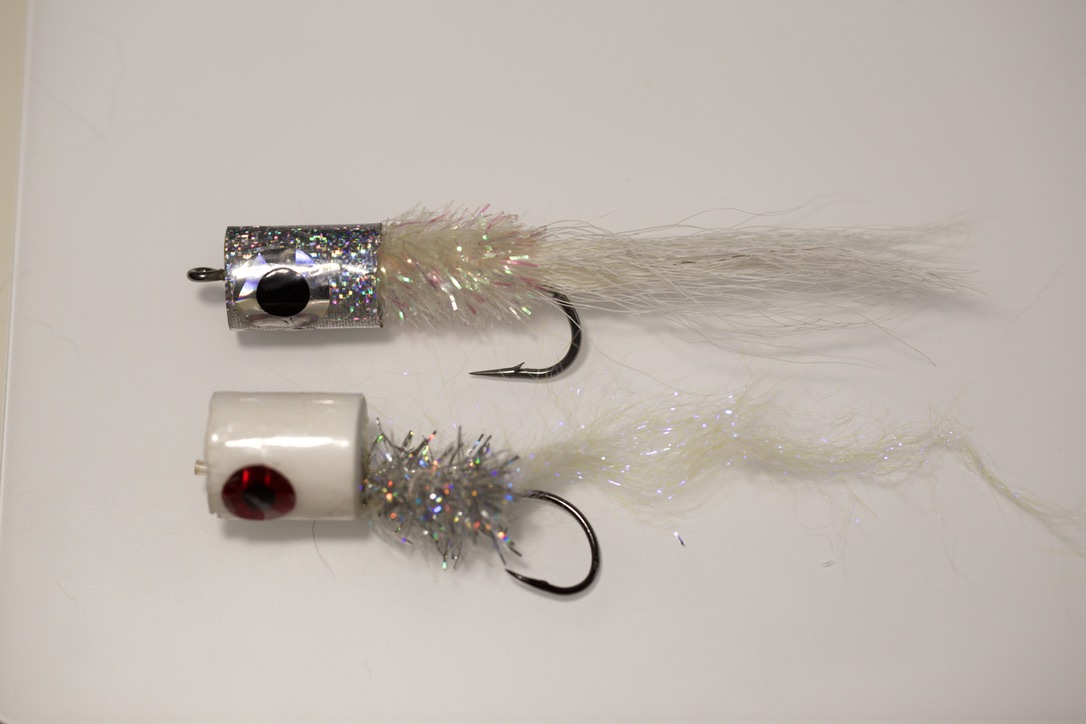
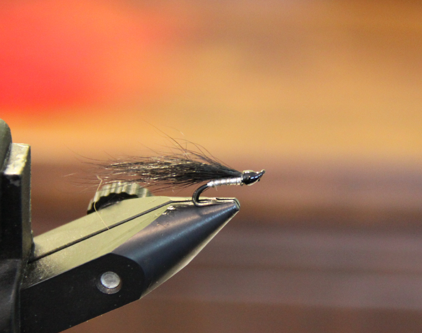
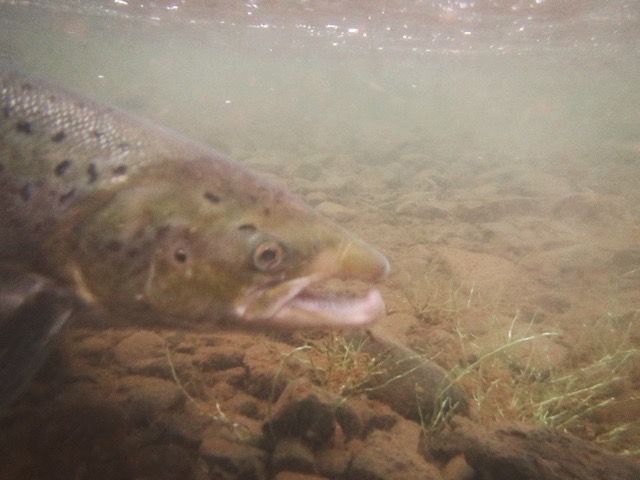
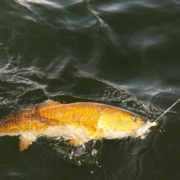 Jona Magnusson
Jona Magnusson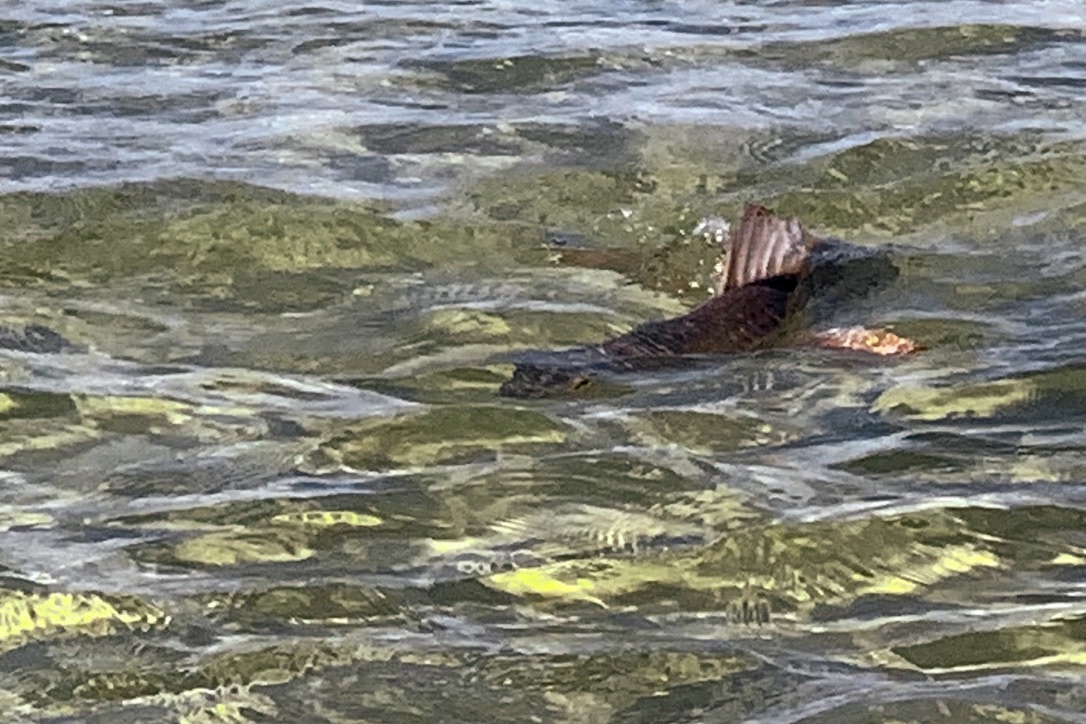
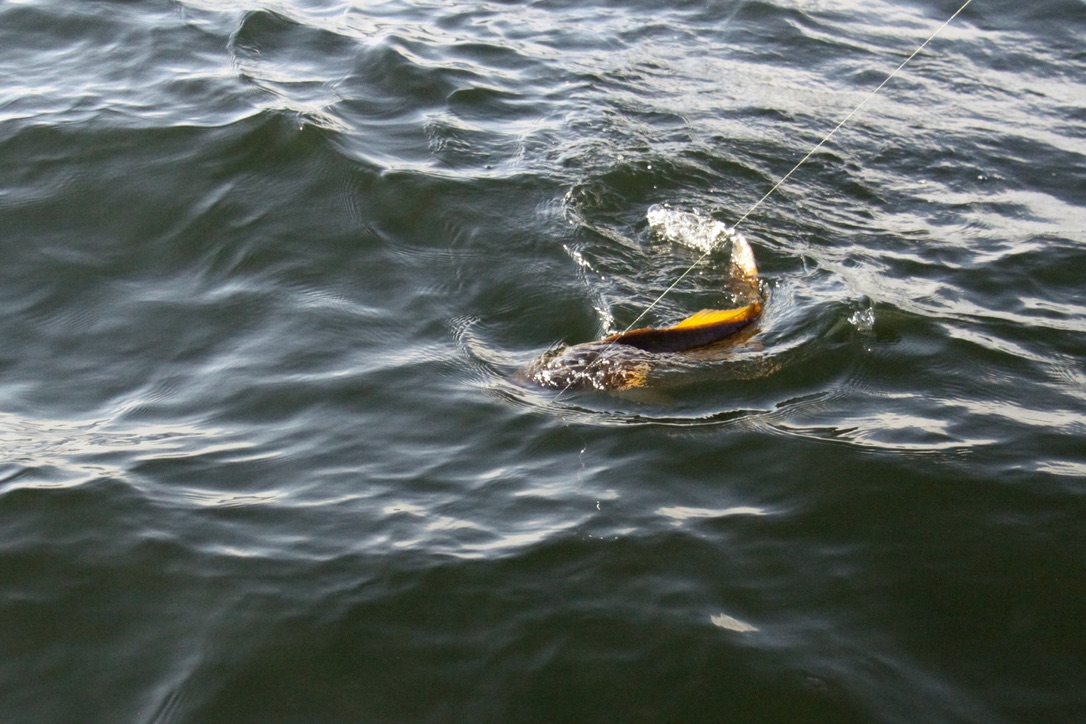
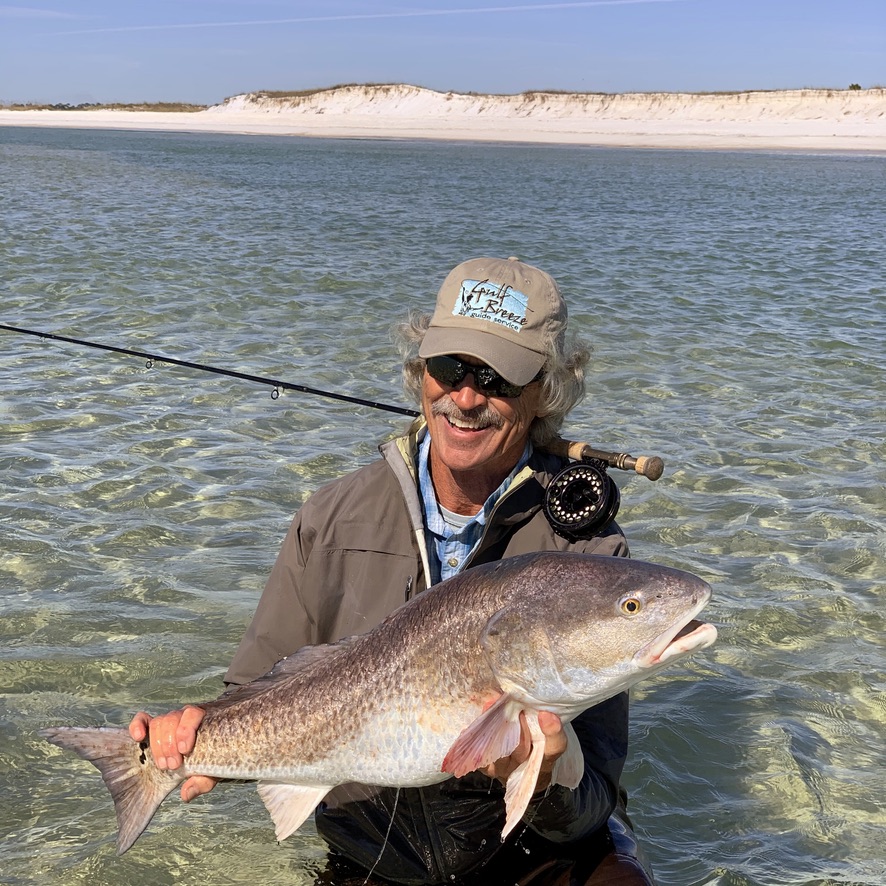
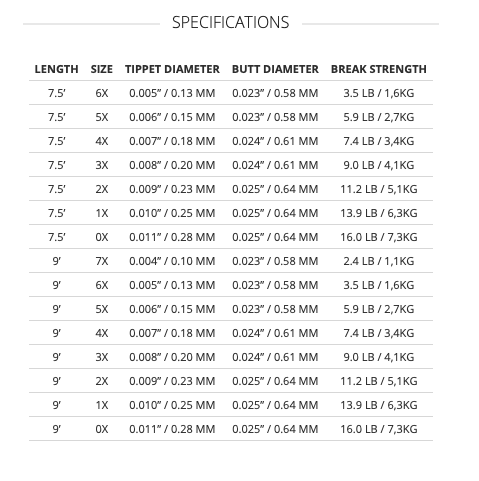
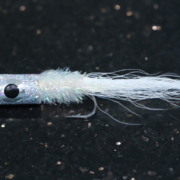 Jonas Magnusson
Jonas Magnusson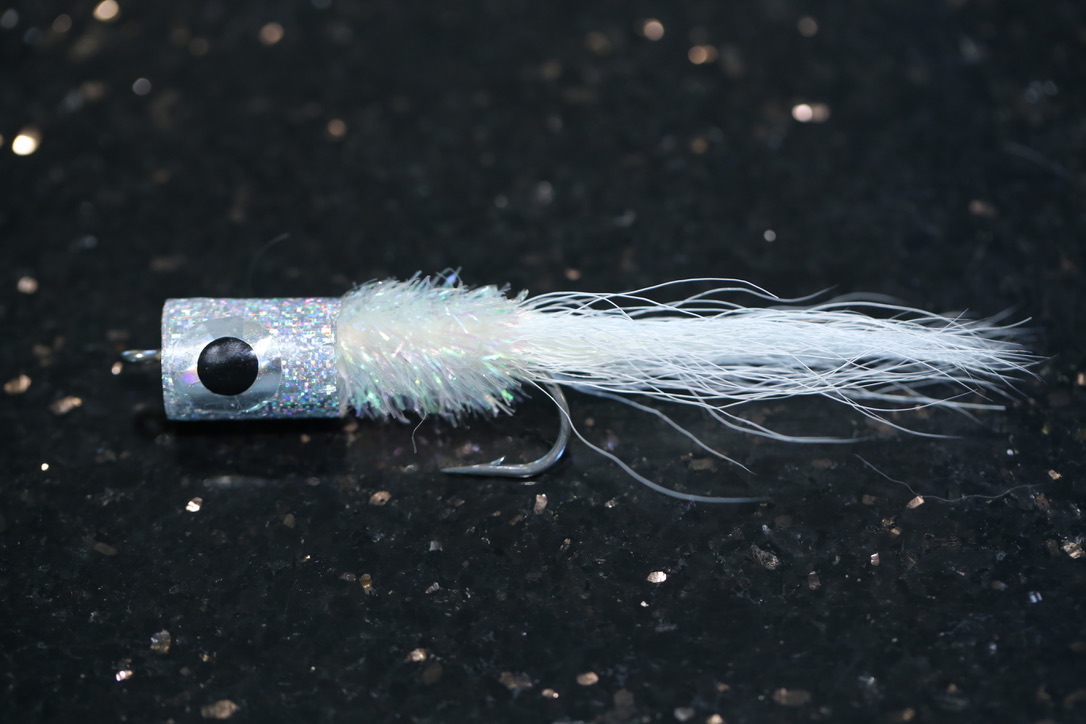

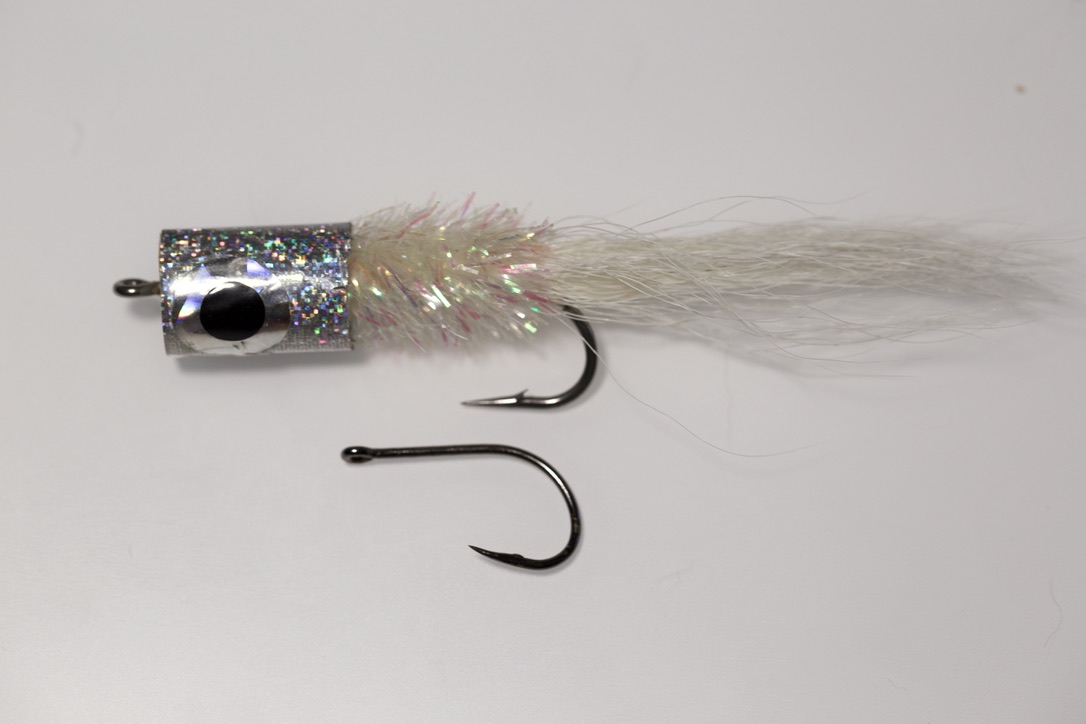
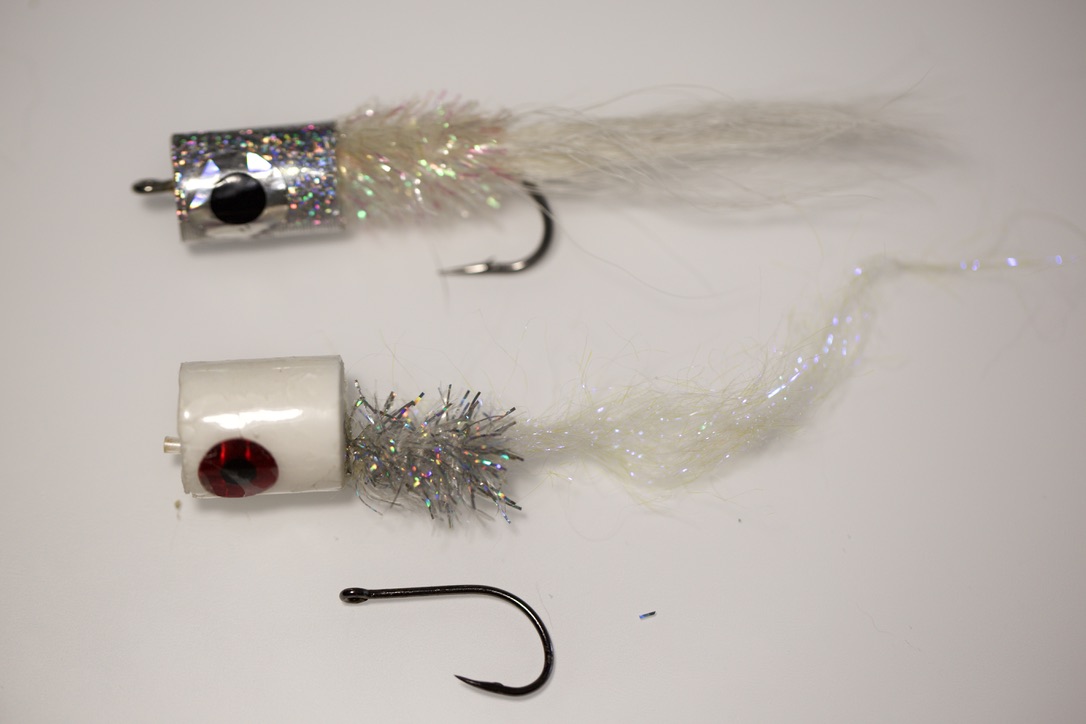

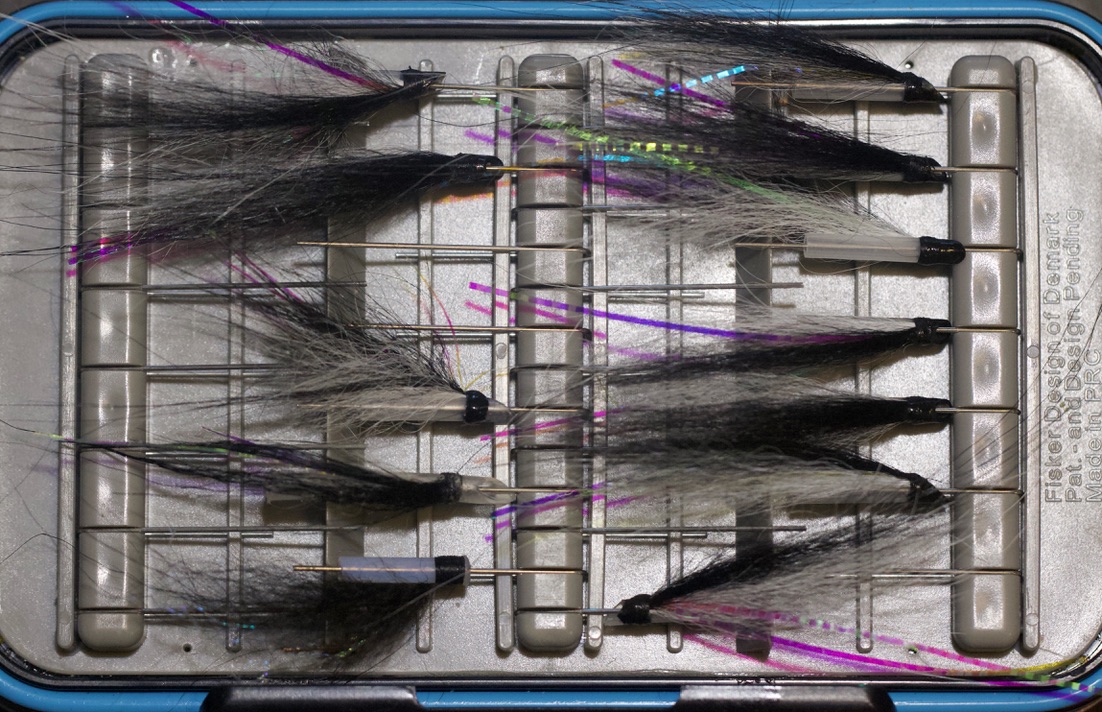
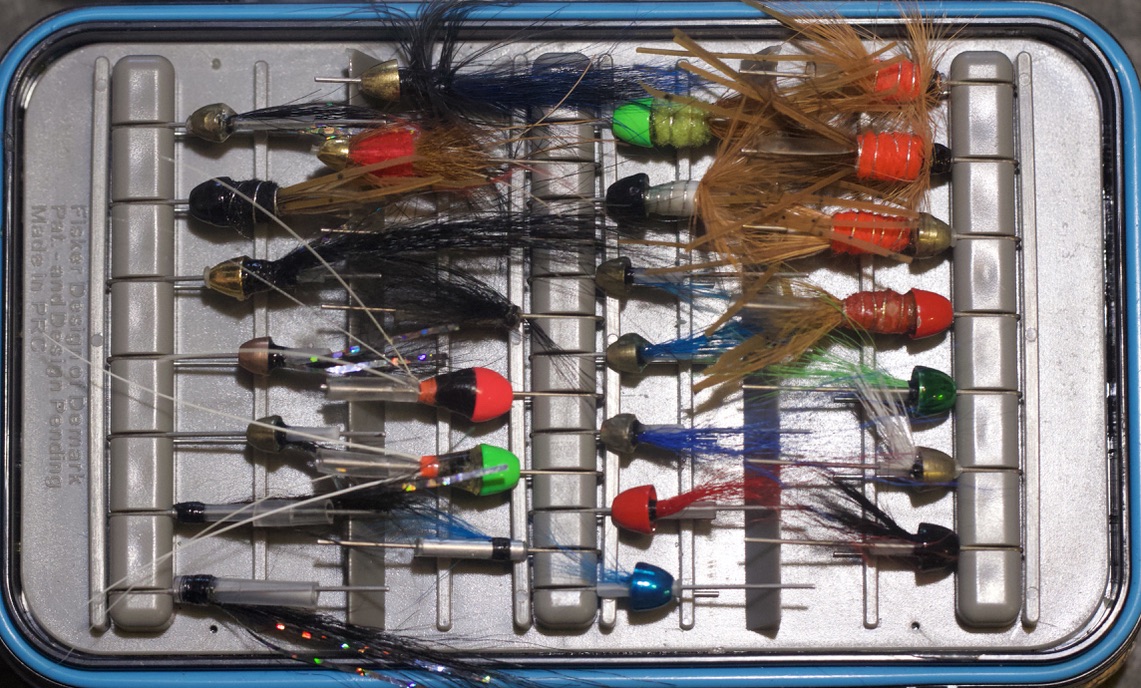
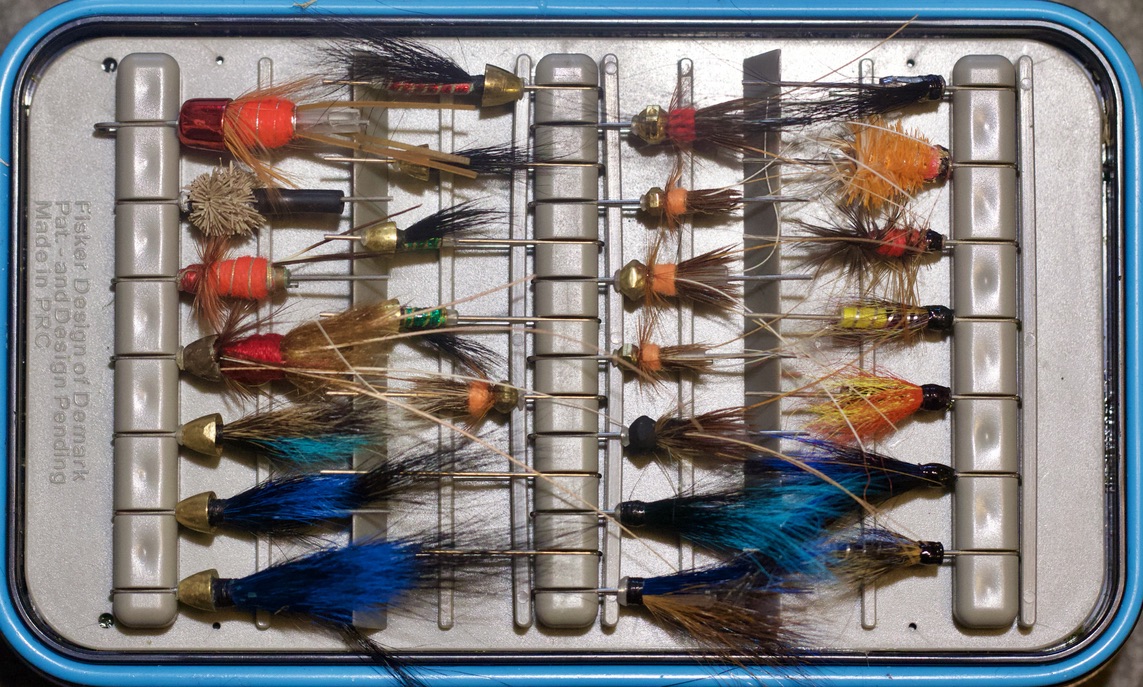
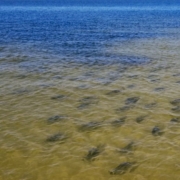 Jonas Magnusson
Jonas Magnusson
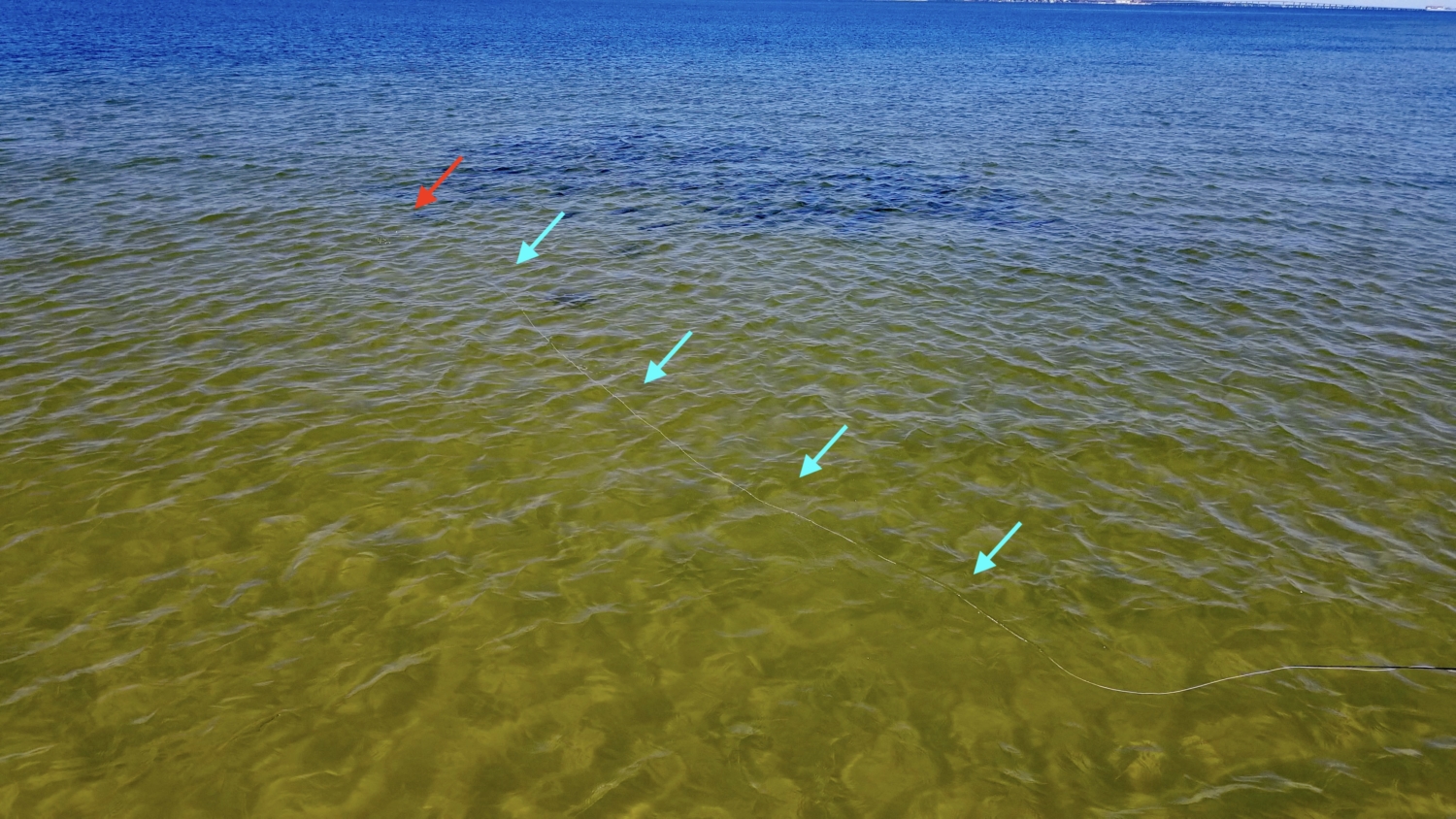


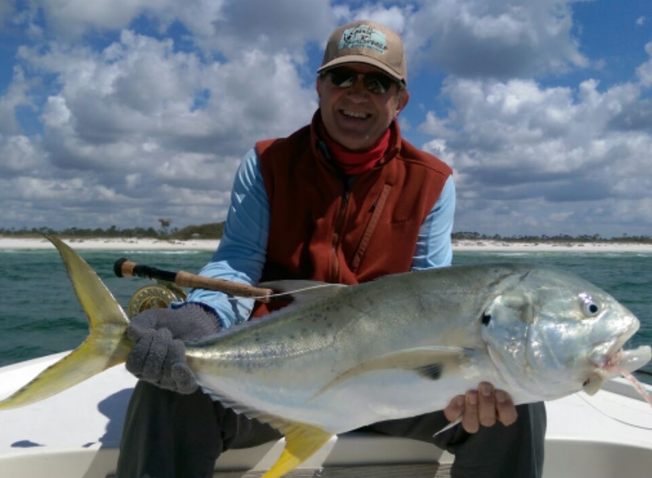
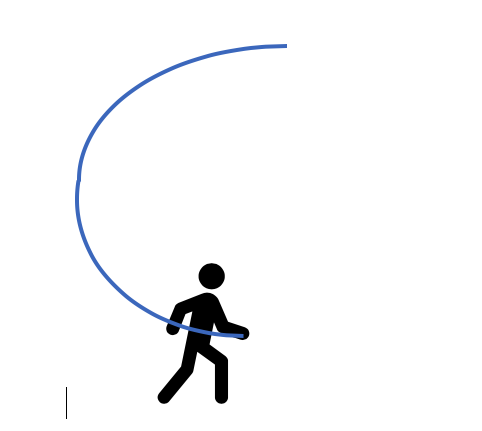
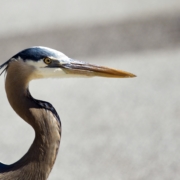 Jonas Magnusson
Jonas Magnusson


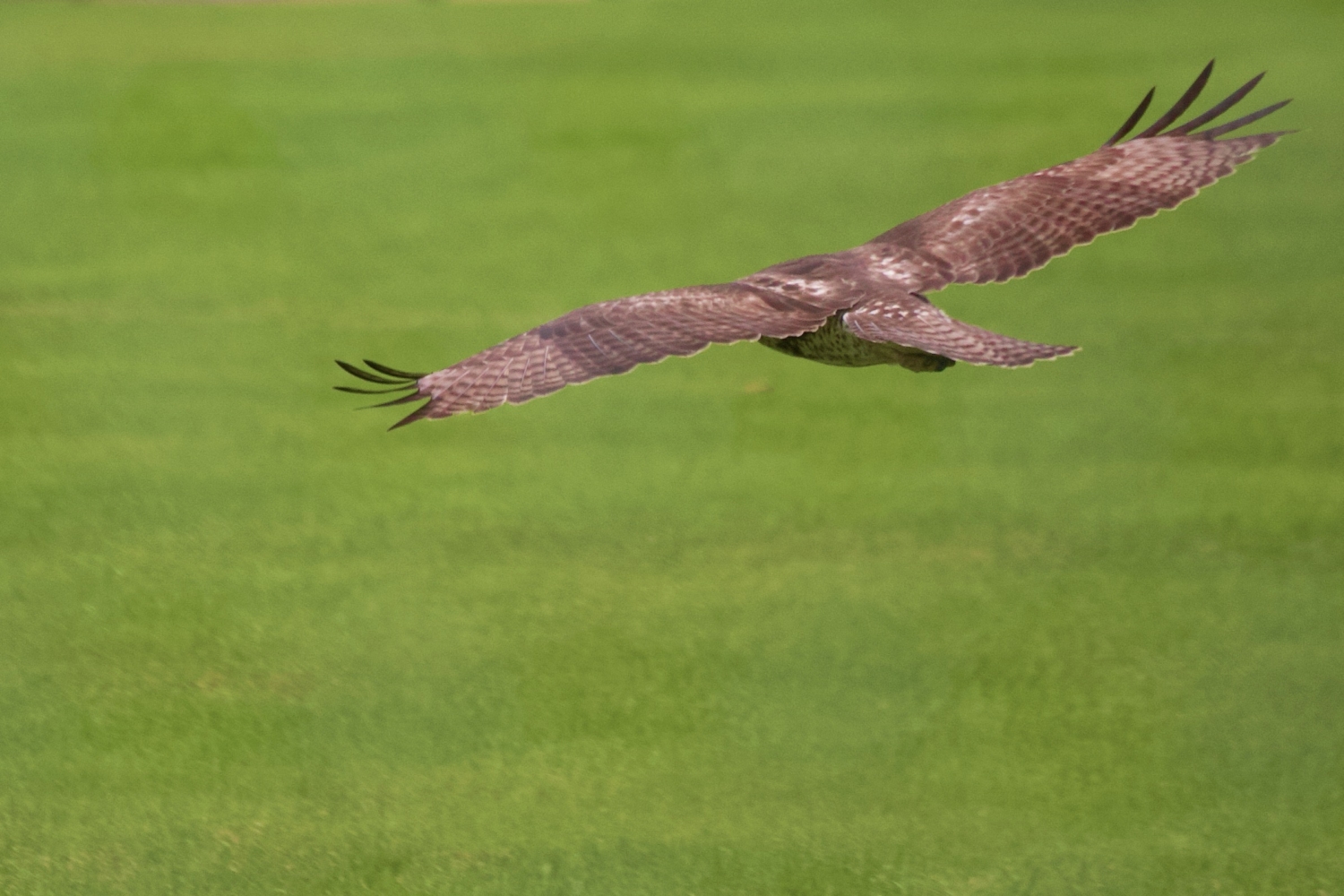
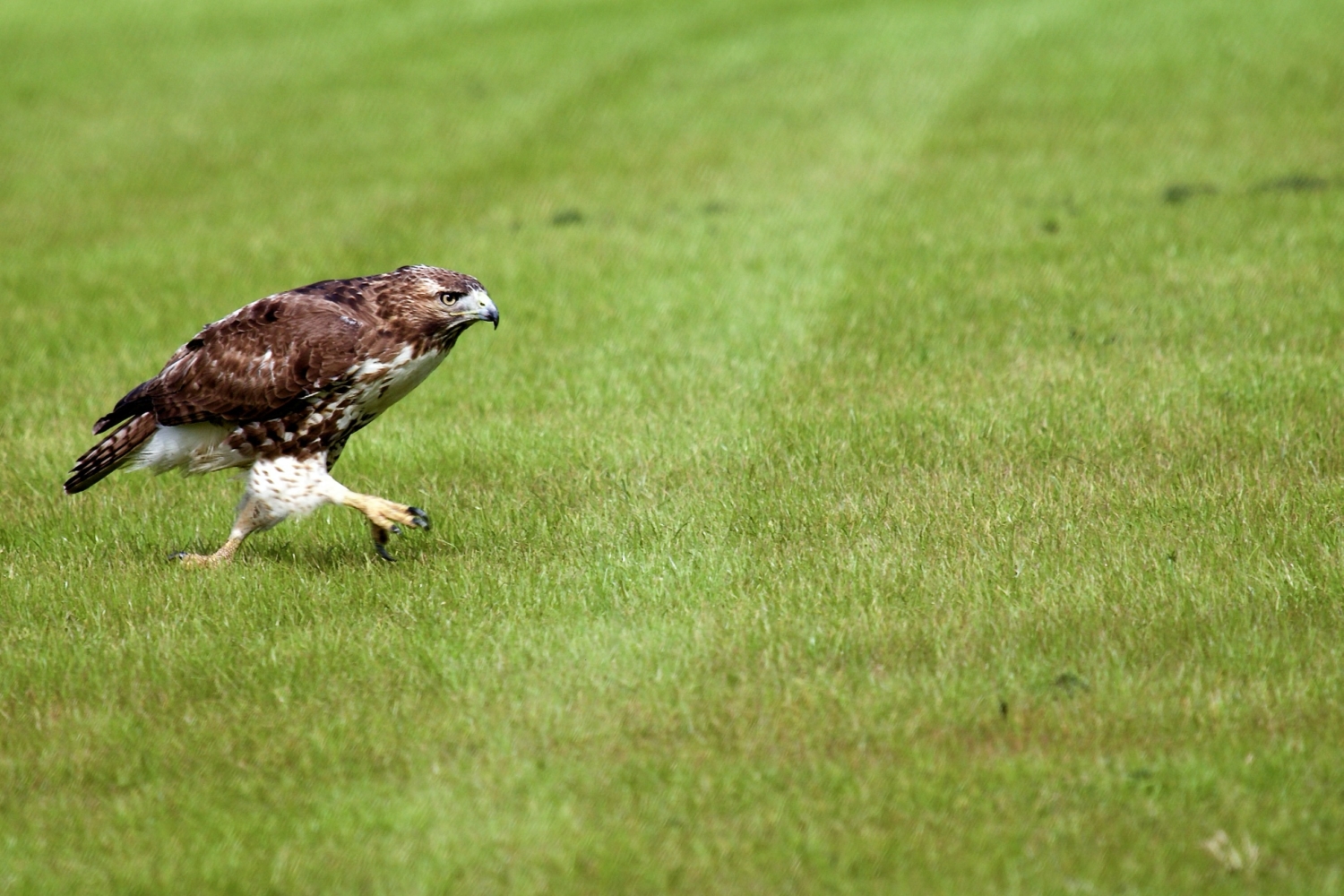




 Jonas Magnusson
Jonas Magnusson







